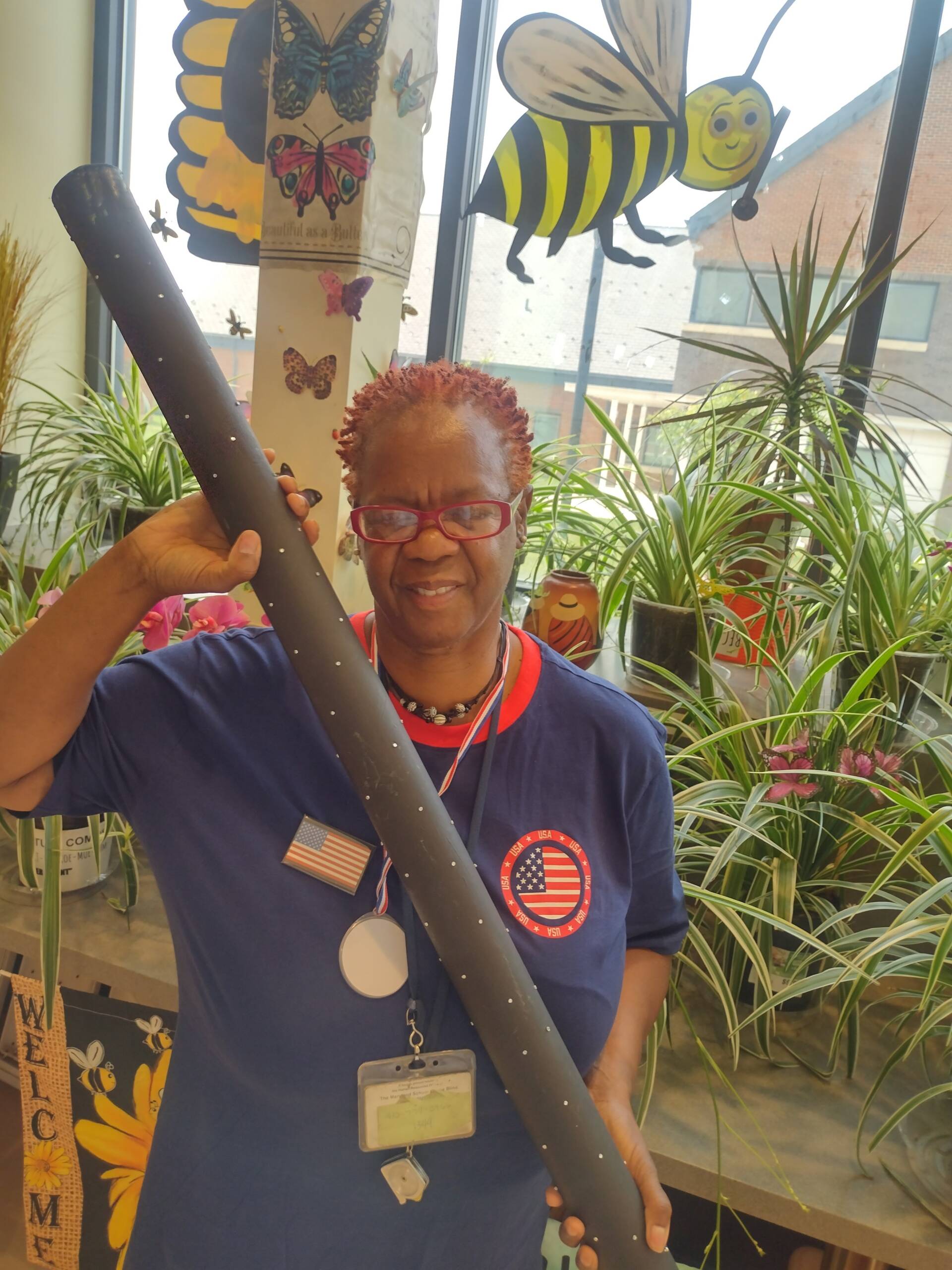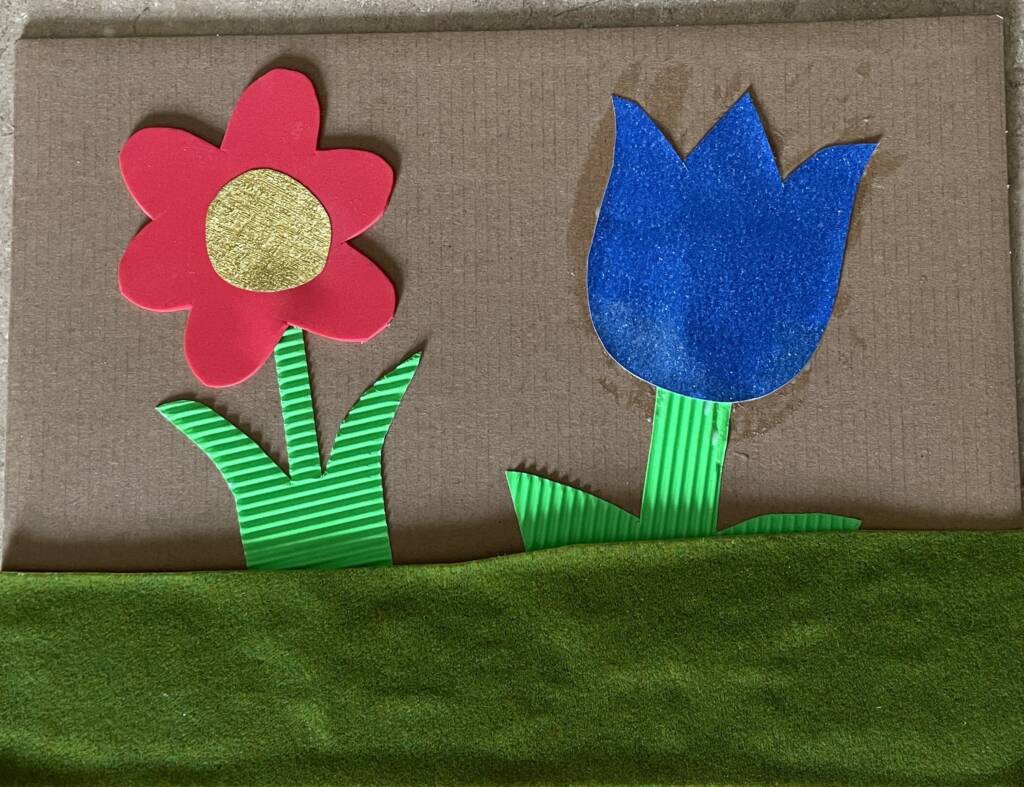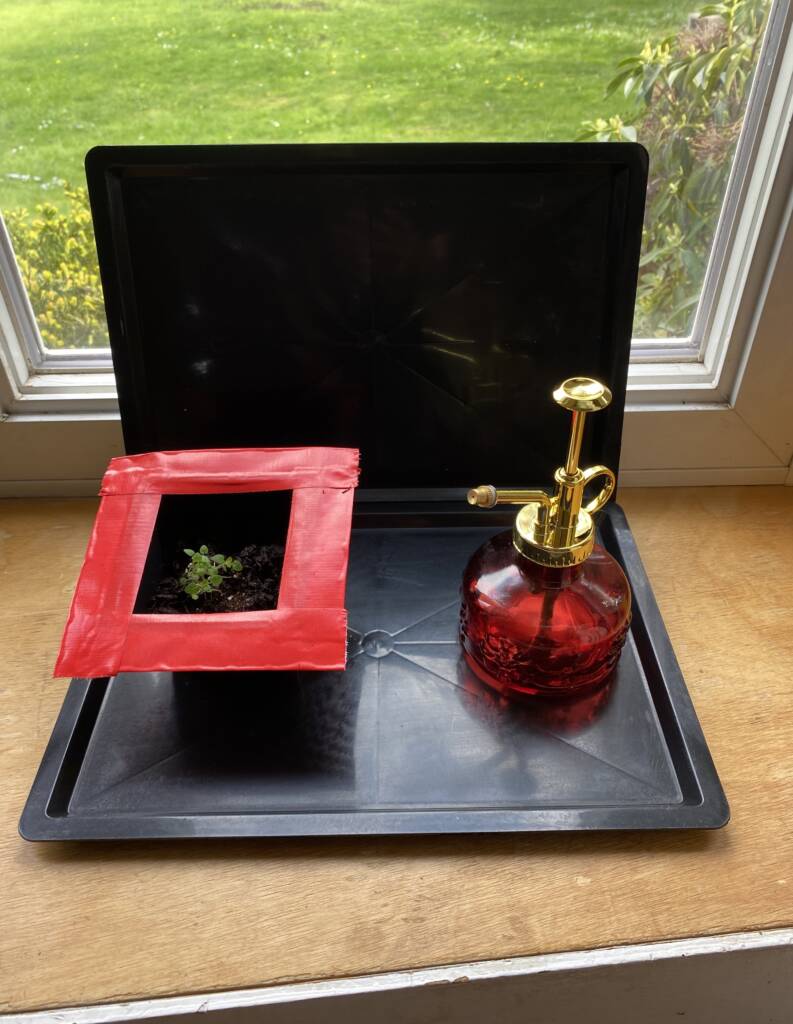In February 2024, I introduced my homemade rainsticks into our school’s Horticulture Room. I got the idea from watching a gardening show named “Gardening with Monty Don.” Monty is a British horticulturist and presenter on PBS channels. “Adding any kind of natural sounds to your garden would complement the space and make it feel alive,” he said.
Once the Horticulture Room was established with plants, planters, posters and models pertaining to gardening, my first objective was to try to focus on techniques to incorporate the five senses within the environment. I introduced three such sensory experiences areas within our school.
Horticulture room
Area 1: Sensory Garden Experience
Area 2: A Plant Spraying Experience
Area 3: The Rainstick Experience
The latter experience, the rainsticks, is what I would like to chat about for a sec. I had NO IDEA about all the wonderful benefits my rainsticks brought to the room. So without further ado! The rainstick!
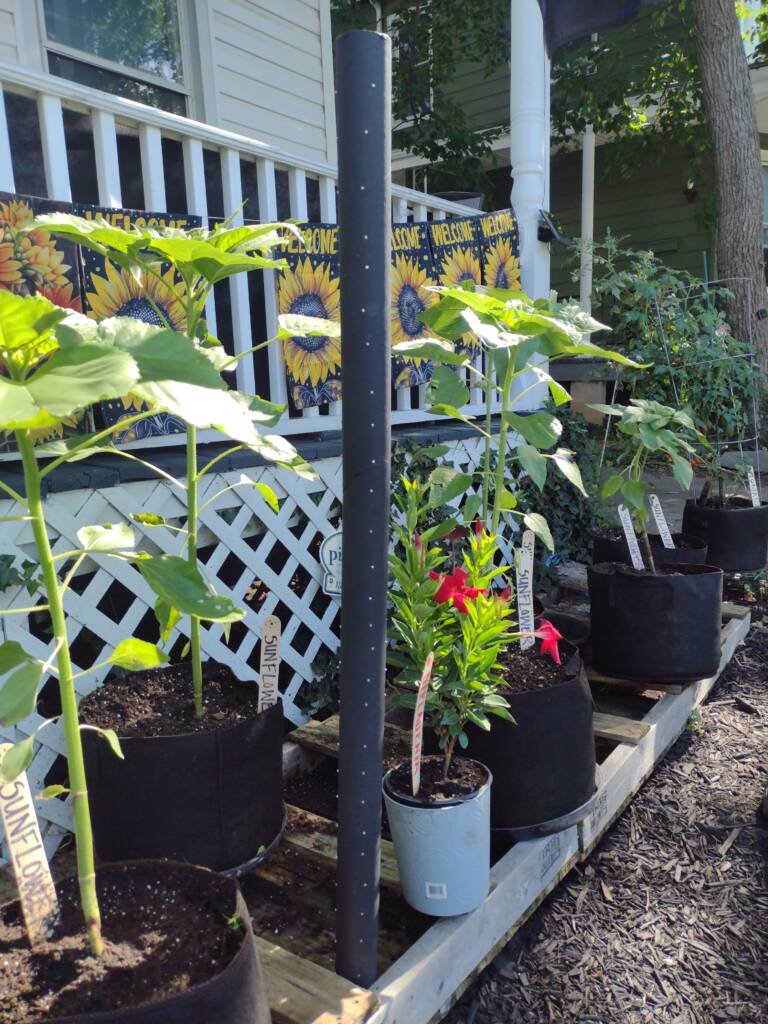
My four feet tall black studded rainsticks are made of thick, heavy cardboard tubing. The unique feature of these rainsticks is the inclusion of silver flat head nails. These nails are inserted into the body of the rainstick in a random pattern. The silver color of the nails contrasts with the black body, creating a pleasing design. The flat heads of the nails ensure they are securely fastened and add to the visual/tactile texture of the instrument. The interior of the rainstick is hollow and filled with small pebbles or rice. When the rainstick is tilted or shaken, these fillers interact with the nails inside, creating a sound that mimics the gentle patter of rain. This soothing sound is enhanced by the sturdy and resonant cardboard material, which helps to amplify the acoustic qualities.
There are different signs in the room, which prompts the student/staff to become interactive within the Horticulture Room. The students and staff are encouraged to walk around the Horticulture Room with the rainsticks to, “Wake Up the Plants!”
Rain sticks are wireless systems that use electricity to stimulate plant and fungi growth. The device mimics the bioelectric effects of lightning and thunderstorms by sending targeted electrical frequencies to plants and fungi. These frequencies instruct the plants and fungi to perform biological functions that can affect growth rate and yield.

Not to mention…rainstick research on mindfulness practices that involve auditory focus indicates that listening to natural sounds can improve concentration and emotional regulation, which are key components of mental well-being . By integrating rainsticks into mindfulness practices, individuals can harness the therapeutic power of sound to enhance their mental well-being, reduce stress, and promote a sense of inner peace and enhanced physiological responses
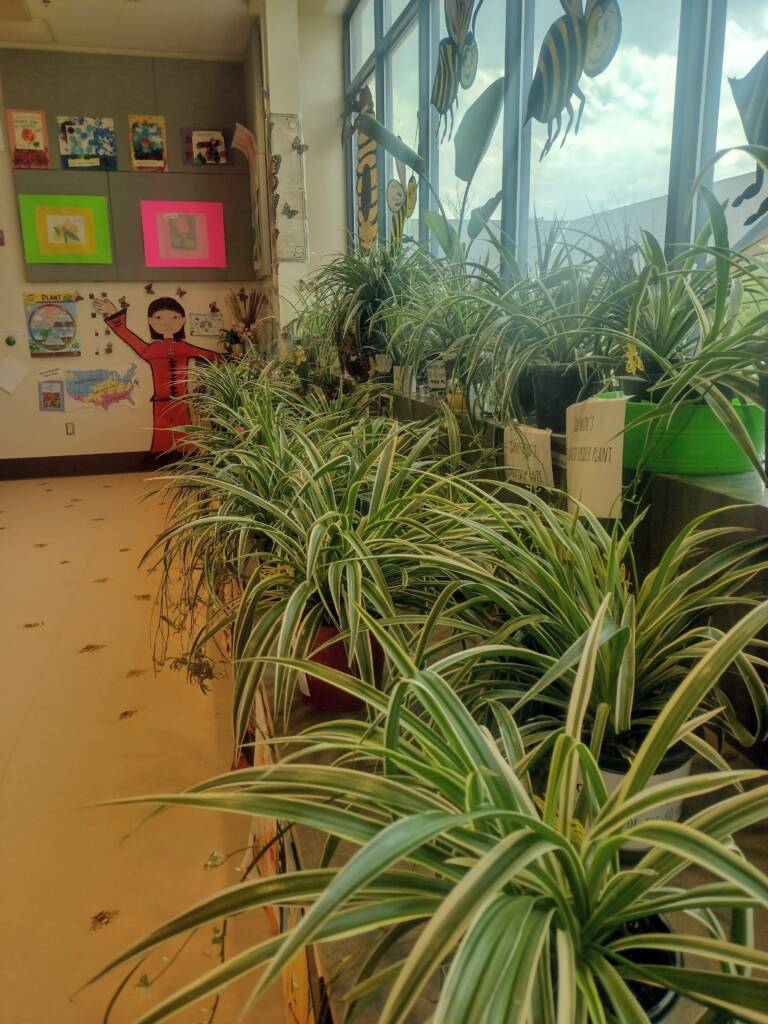
While direct studies on rainsticks may be limited, the broader research on sound therapy suggests that rainsticks offer a hands-on way to learn about sound, acoustics, and the properties of different materials.
Furthermore, across the academic curriculum, rainsticks can offer various educational and academic benefits, enhancing learning experiences for a varied age group. I always introduce rainsticks to our visitors and discuss some facts regarding Indigenous Americans and the symbolic meaning of rainsticks within their cultures. I also have a small poster on the wall with facts regarding the Indigenous Americans .
Below are a couple strategies for using rainsticks across the curriculum, there are many more!
Social Studies: Different cultures, Tibetans and Indigenous Americans, and the symbolism of the rainstick.
Mathematics: Rainsticks can be used to teach mathematical concepts such as patterns, sequences, and counting, helping students understand mathematical relationships in a fun way.
My hopes are that my rainsticks will continue to work their “Magical Therapeutic Powers” on the students and staff at my school, which in turn will cultivate a meaningful experience for individuals in the Horticulture Room that could be shared/transferred into his/her school/work day.
All the bolded words within this article are “Therapeutic Powers I unlocked” because I introduced rainsticks to the students and staff. Finally, don’t forget the plants in the room. Just to touch on them, in the Horticulture Room, we have propagated 47 Chlorophytum Comosum, also known as Spider Plants. Spider Plants also have therapeutic powers themselves. Some benefits are (1) They are Air Purifiers (2) Their Psychological Benefits and (3) They are safe for Pets. The rainsticks coupled with the Spider Plants are a powerful duo! However, please research Spider Plants for more information… our focus was the rainstick.
“So, what powers can you unlock with rainsticks?”
Read more about including a sensory experience on your student’s path to literacy.

